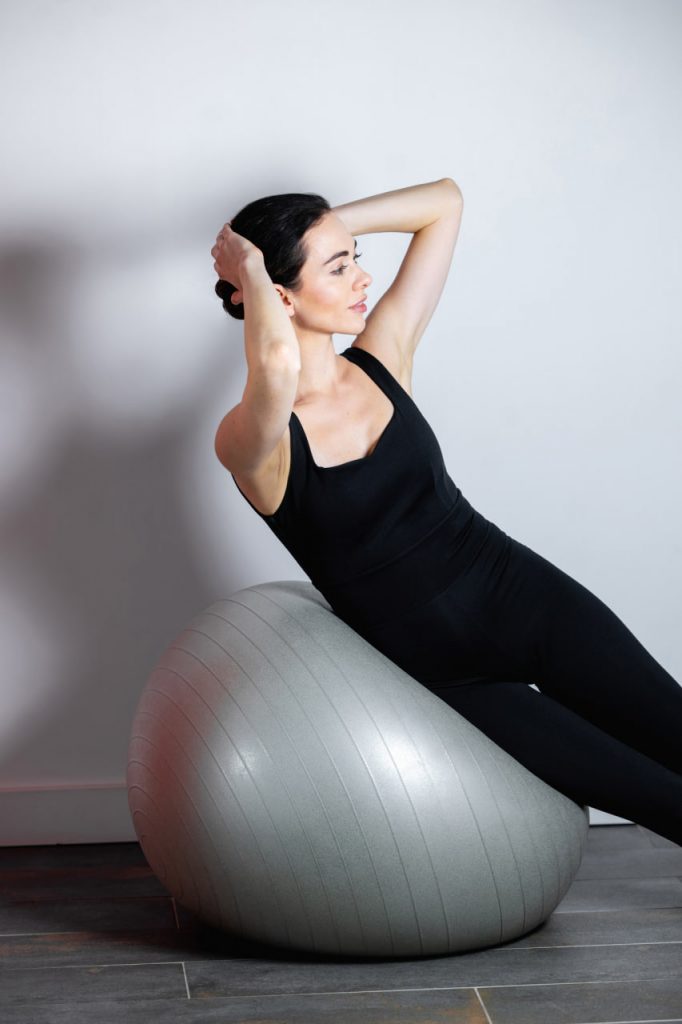Posture is one of those things we rarely think about — until it starts to hurt. Many of us spend hours every day sitting at a desk, staring at screens, or scrolling through phones, unaware of how our bodies slowly adapt to these habits. Over time, the shoulders round forward, the lower back tightens, the chest collapses, and the head begins to jut out in front of the spine. We begin to accept these imbalances as normal — until the tension, discomfort, or fatigue becomes too loud to ignore.
But posture is not just about how you look when you stand or sit. It is a reflection of how your body is aligned and supported by your muscles, joints, and nervous system. Good posture is dynamic, not static — it’s the way your body maintains balance and stability while moving, resting, or transitioning between activities. It affects everything from how you breathe and digest food to how efficiently your muscles function and how you feel mentally throughout the day.
Poor posture often develops gradually, as a result of repetitive behaviors and lack of awareness. Slouching in a chair, leaning to one side while standing, carrying a heavy bag on one shoulder, or constantly looking down at your phone are all habits that contribute to muscular imbalances. Over time, certain muscles become overstretched and weak, while others become tight and overactive. This imbalance places unnecessary stress on the spine and surrounding joints, leading to pain, reduced mobility, and increased risk of injury.
One of the most common consequences of poor posture is chronic back or neck pain. When the spine is not properly aligned, it no longer distributes force evenly through the body. Instead, certain areas absorb too much pressure, especially the lumbar spine and cervical spine. This can lead to compressed discs, pinched nerves, and a general feeling of stiffness or discomfort. But the impact of poor posture isn’t limited to pain — it can also affect energy levels, concentration, and even mood.
Pilates offers a unique and powerful solution to postural issues because it addresses both the structural and functional aspects of the body. Instead of just telling you to “sit up straight” or “pull your shoulders back,” Pilates teaches you how to engage the right muscles to naturally support proper alignment. Through controlled, mindful movement and breathwork, you begin to rebuild strength in the deep core muscles that stabilize the spine. You also restore mobility in tight areas, such as the hips and shoulders, which allows for better movement patterns in everyday life.
As you become more aware of your body through Pilates practice, your posture improves not through force or tension, but through balance. You begin to move with more ease and less compensation. You feel lighter and more supported. Everyday actions — like walking, bending, or sitting — become opportunities to reinforce healthy alignment rather than reinforce dysfunction.
Better posture also contributes to a more confident and grounded presence. The way you carry yourself physically influences how others perceive you — and how you perceive yourself. Standing tall with an open chest and lengthened spine not only improves breathing and circulation but also fosters a sense of calm, clarity, and control. This is part of why Pilates is as much a mental practice as a physical one.
In a world that constantly pulls us forward — into screens, into stress, into busyness — Pilates brings us back to center. It reminds us that how we hold ourselves matters. Not just for how we look, but for how we feel and how we function every day.
Posture is not just a detail of good health — it’s a foundation. And like any foundation, when it’s strong and supported, everything built upon it becomes more stable, more resilient, and more sustainable. Paying attention to your posture is not just an act of correction — it’s an act of care. And it starts with awareness, intention, and the decision to move differently, with purpose and presence.

